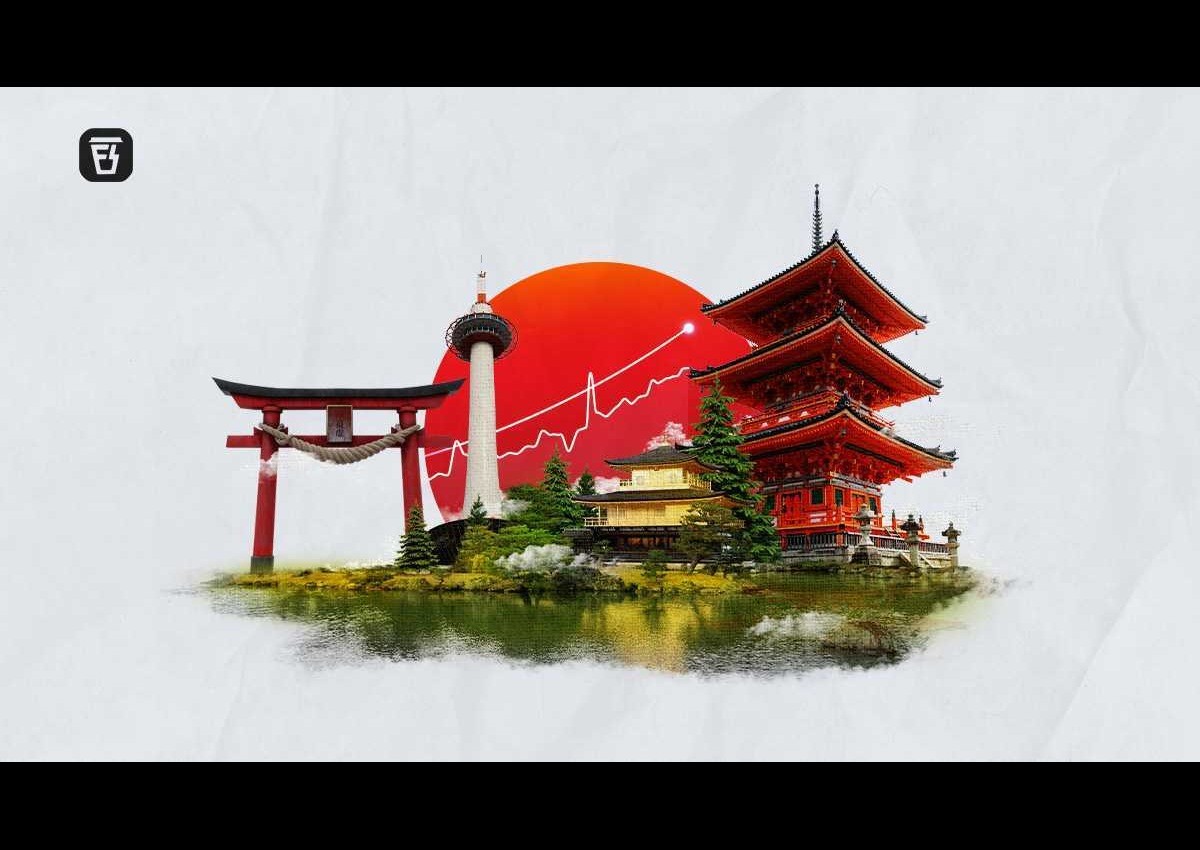31 Mar
Guide to Visiting Mount Koya (Koyasan)
Title: Journey to Serenity: A Comprehensive Guide to Visiting Mount Koya (Koyasan), Japan
Introduction:
Nestled amidst the tranquil peaks of the Kii Mountains in Wakayama Prefecture, Mount Koya, also known as Koyasan, is a sacred destination revered for its spiritual significance, ancient temples, and serene natural beauty. As one of Japan's most sacred pilgrimage sites and a UNESCO World Heritage site, Mount Koya attracts visitors seeking a retreat from the modern world and an opportunity for spiritual reflection. In this comprehensive guide, we'll embark on a journey to Mount Koya, exploring its rich history, religious traditions, must-visit attractions, and practical tips for an enriching and memorable visit.
1. **A Brief History of Mount Koya:**
Delve into the history of Mount Koya, which dates back over 1,200 years to its founding by the Buddhist monk Kobo Daishi, also known as Kukai. Learn about Kukai's vision of creating a spiritual retreat in the mountains, establishing the Shingon sect of Buddhism, and founding the renowned monastery complex of Koyasan.
2. **Geography and Location:**
Discover the geographical features of Mount Koya, which is situated atop a plateau surrounded by eight peaks in the Kii Mountains. Explore the lush forests, meandering streams, and pristine landscapes that provide a serene backdrop for the sacred temples and monastic buildings scattered across the mountain.
3. **Spiritual Significance of Mount Koya:**
Learn about the spiritual significance of Mount Koya as a center of Buddhist learning, meditation, and religious practice. Explore the concept of "shukubo," or temple lodging, which offers visitors the opportunity to experience the daily life of Buddhist monks, participate in morning prayers, and engage in spiritual activities such as meditation and sutra copying.
4. **Must-Visit Temples and Attractions:**
Explore the iconic temples and sacred sites of Mount Koya, each offering a glimpse into the rich cultural and religious heritage of the area. Visit landmarks such as Kongobu-ji Temple, the head temple of the Shingon sect, Okunoin Cemetery, the largest graveyard in Japan, and Danjo Garan, a complex of ancient pagodas and halls.
5. **Koyasan's Unique Cultural Traditions:**
Immerse yourself in the unique cultural traditions of Koyasan, from traditional Buddhist rituals and ceremonies to seasonal festivals and events. Experience the solemn atmosphere of morning prayers at temple halls, witness fire rituals performed by monks, and participate in special ceremonies such as the Goma fire ritual and Takigyo waterfall meditation.
6. **Accommodation Options on Mount Koya:**
Discover the various accommodation options available on Mount Koya, ranging from traditional temple lodgings to modern guesthouses and ryokans. Experience the simplicity and tranquility of staying at a shukubo, where guests can enjoy vegetarian meals, communal baths, and peaceful surroundings conducive to meditation and reflection.
7. **Culinary Delights of Koyasan:**
Indulge in the culinary delights of Koyasan, which is known for its shojin ryori, or Buddhist vegetarian cuisine. Sample exquisite multi-course meals made from seasonal ingredients sourced from local mountains and forests, and savor the delicate flavors and artistic presentation of traditional temple cuisine.
8. **Exploring Nature and Outdoor Activities:**
Venture into the natural beauty of Mount Koya with outdoor activities such as hiking, forest bathing, and exploring scenic trails. Discover hidden waterfalls, serene mountain vistas, and ancient cedar forests that offer opportunities for contemplation, relaxation, and connection with nature.
9. **Practical Tips for Visiting Mount Koya:**
Prepare for your journey to Mount Koya with practical tips and advice on transportation, accommodation bookings, temple etiquette, and essential items to pack. Learn how to navigate the mountain's transportation network, purchase the Koyasan World Heritage Ticket for discounted travel, and observe proper etiquette when visiting temples and participating in religious rituals.
10. **Seasonal Highlights and Events:**
Plan your visit to Mount Koya around seasonal highlights and events that showcase the natural beauty and cultural traditions of the area. Attend special events such as the Toro Nagashi lantern-floating ceremony in summer, the vibrant autumn foliage season, and the solemn Obon festival in August, when ancestors' spirits are honored.
Conclusion:
Mount Koya, with its timeless beauty, spiritual significance, and profound sense of tranquility, offers a sanctuary for travelers seeking solace, reflection, and connection with the divine. Whether you're exploring ancient temples, savoring Buddhist cuisine, or meditating amid serene landscapes, a visit to Mount Koya promises an unforgettable journey of self-discovery and spiritual renewal. So pack your bags, leave the hustle and bustle behind, and embark on a pilgrimage to this sacred mountain retreat in the heart of Japan.










